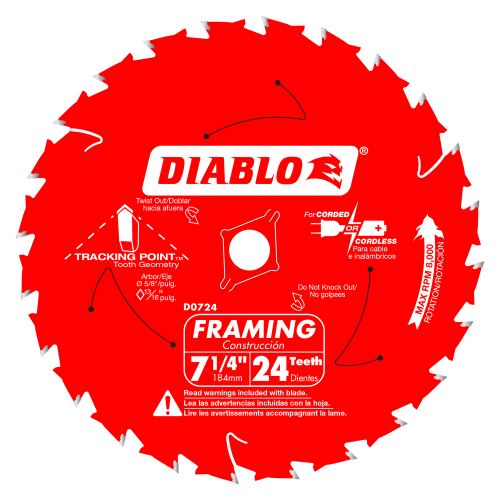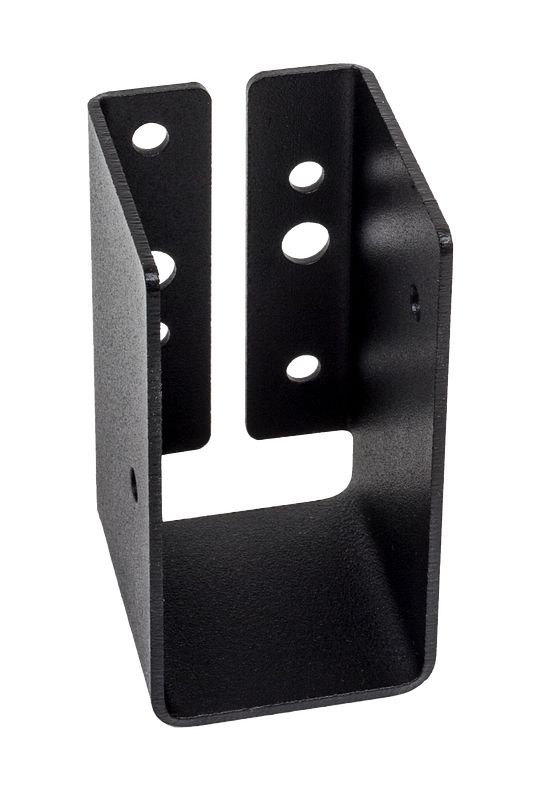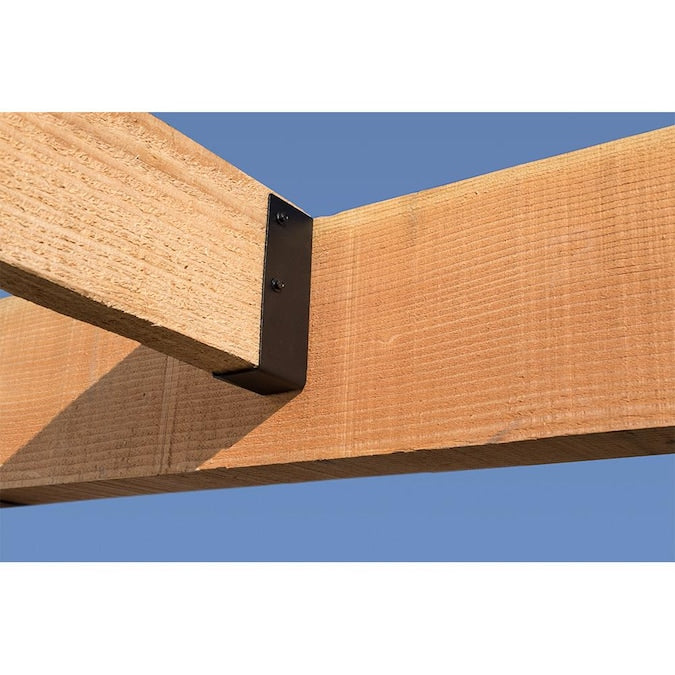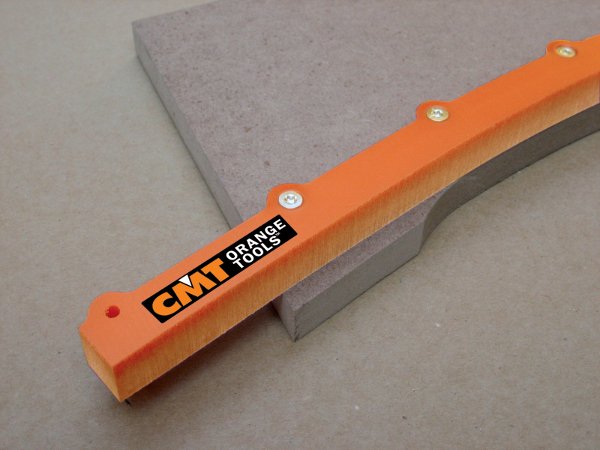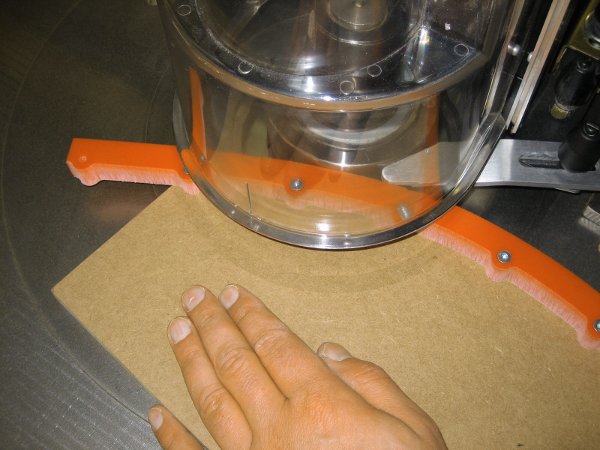There are times in construction and home improvement projects when you need to screw into cinder blocks. It is important to do this the right way so that you do not break the block or damage the screw. This article is a simple guide on screwing into cinder block. It will help ensure that the connection is secure and long-lasting.
Understanding Cinder Blocks
Cinder blocks are made of cement, sand, and aggregate. They're also called concrete masonry units (CMUs). They are widely used in construction due to their strength, durability, and affordability. Cinder blocks have many uses because they can be found in different sizes and shapes.
Composition and Strength
The composition of cinder blocks affects their strength and durability. Cinder blocks of good quality have more cement, making them stronger and less likely to crack. Knowing what cinder blocks are made of can help you pick the best screws and methods for your project.
Comparing Masonry Screws and Concrete Screws
- Size, Design, and Compatibility: Masonry screws and concrete screws differ in size, design, and material compatibility. Masonry screws are smaller and have a thin thread. They're perfect for concrete and brick. Concrete screws are different from other screws. They have a rough thread that can hold on better to things like cinder blocks.
- Advantages and Disadvantages: Both masonry screws and concrete screws have their advantages and disadvantages. Masonry screws work best in hard materials but may not be as good in soft materials like cinder blocks. Concrete screws are more versatile but may not provide the same level of holding power in dense materials as masonry screws.
Choosing the Right Screws
Two types of screws work for cinder blocks: masonry screws and concrete screws. Masonry screws, or Tapcon screws, work best on concrete, brick, and blocks. Concrete screws are useful in many materials, even cinder blocks.
When choosing the right screw for your project, consider factors such as the weight and type of material being attached, as well as the environmental conditions. Stainless steel screws work well outside or in damp locations.
- Material: When working with materials like concrete or brick, it's best to use masonry screws. For softer materials like cinder blocks, concrete screws may provide a more secure connection.
- Weight: Consider the weight of the object being attached. Heavier objects may require a larger diameter screw or a screw with a higher load capacity.
- Location: If the screw will be exposed to moisture or other environmental factors, choose a screw made from corrosion-resistant material, such as stainless steel or galvanized steel.
Preparing the Cinder Block
- Cleaning the Surface: To ensure the surface is clean, remove any debris or dust before screwing into the cinder block. This ensures a secure connection between the screw and the block. Use a brush or vacuum to clean the surface thoroughly.
- Marking the Spot: Once the surface is clean, mark the spot where the screw will be inserted using a pencil or marker. This makes sure the block and screw are safe while installing and in the right place.
Screw Into Cinder Block
- Inserting the Screw: To insert the screw into the cinder block, you'll need a power drill with a masonry bit. First, drill a small hole where you want to put the screw. Make sure it is smaller than the screw and deep enough to fit it in. First, put the screw into the hole. Then, use either a screwdriver or power drill to tighten it.
- Avoiding Damage: Apply steady pressure when tightening to avoid damaging the cinder block or screw. If you tighten too much, it can make the block crack or the screw strip. This will make the connection weaker.


